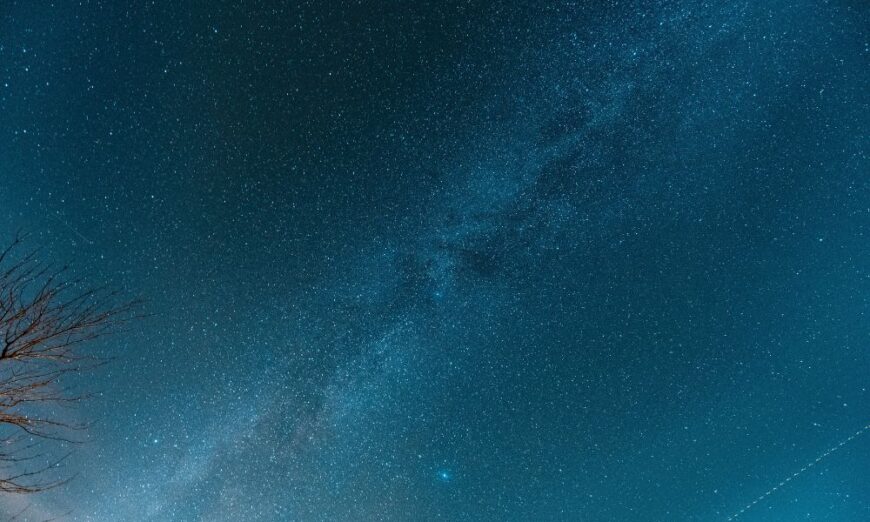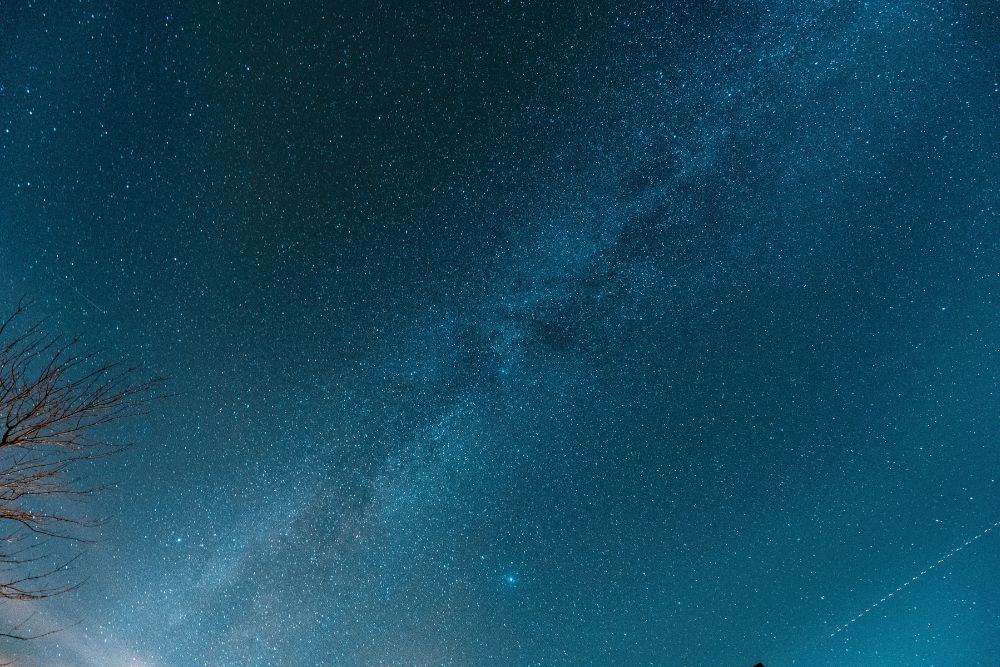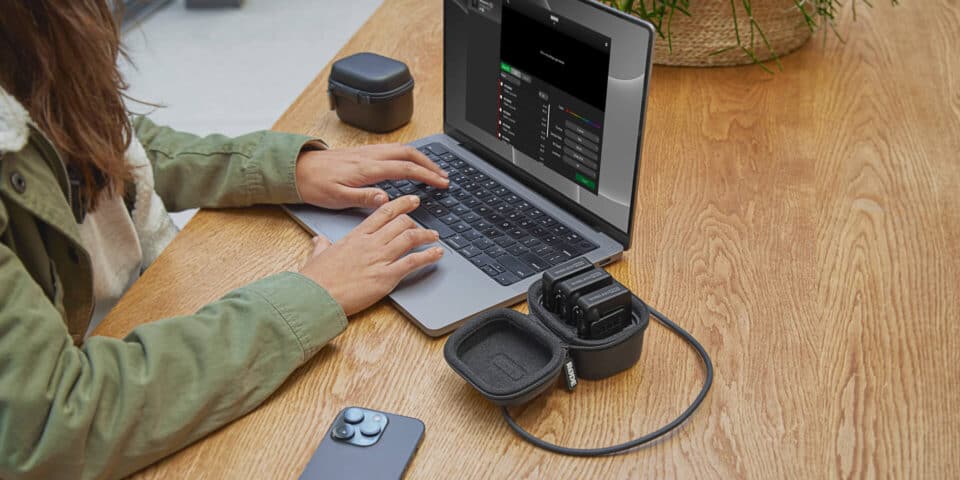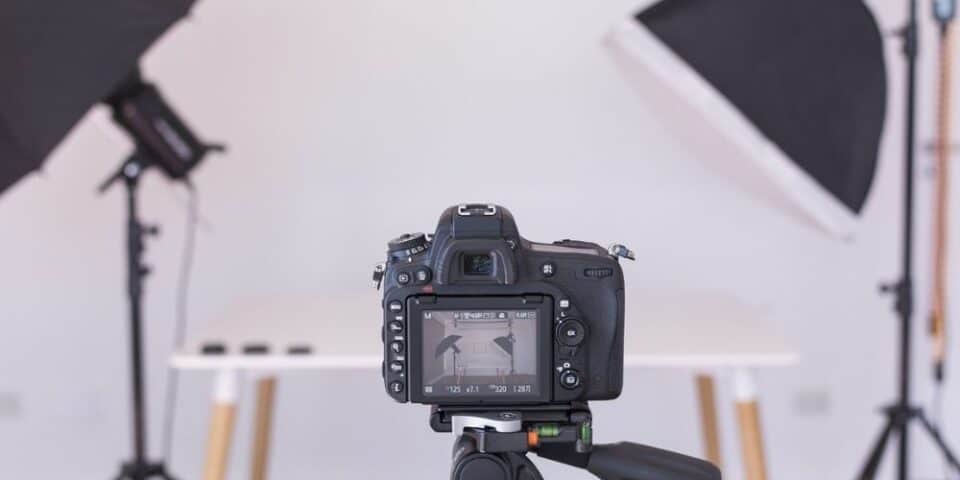Nighttime photography is a captivating and challenging genre that invites photographers to explore the world when the sun retreats beyond the horizon. It creates a new realm of creative possibilities, where artificial and celestial lights paint scenes with an ethereal glow. This article will guide you through the techniques and equipment you need to become an expert in low-light shooting.
Select Your Camera
The choice of camera can make or break your low-light shooting experience. Some cameras are specifically designed for excellent performance in low-light conditions. Here are a few notable options:
- Sony A7S III: This camera stands out as one of the best for low-light photography. It boasts a large image sensor, high ISO sensitivity, and 4K video recording capabilities. With 12.1 megapixels and fast hybrid autofocus, it’s an excellent choice for low-light video recording.
- Nikon D850: Known for its exceptional dynamic range and image quality in low light, the Nikon D850 is a top choice for photographers seeking high-quality nighttime shots.
- Canon EOS R6 Mark II: A compact and versatile full-frame mirrorless camera with high ISO performance and image stabilization. Its 30.4 megapixels, dual-pixel autofocus, and uncropped 4K video at 60 fps make it a top choice for various low-light scenarios.
- Fujifilm X-T5: This camera is known for its good image quality and accurate color reproduction in low-light conditions, making it a reliable option for nighttime photography.
- Panasonic GH5S: A weather-sealed camera with high ISO sensitivity and 4K video recording, the Panasonic GH5S is an excellent choice for nighttime photography.
- Fujifilm X-T4: This APS-C mirrorless camera boasts 26.1 megapixels, phase-detect autofocus, in-body image stabilization, and 4K video at 60 fps, making it a top choice for low-light photography in its category.
Understand Your Camera Settings
Familiarize yourself with your camera’s settings, especially ISO, aperture, and shutter speed. In low-light shooting, you’ll often need to use a higher ISO setting to capture more light. However, be cautious, as higher ISO values can introduce noise into your images. Adjust your aperture to control the depth of field and your shutter speed to control exposure time.
Choose the Right Lens
When it comes to low-light photography, your lens selection is crucial. Wide-angle lenses are often preferred for nighttime shots, as they capture more of the scene and allow for longer exposure times. Consider lenses with a low f-number (e.g., f/1.8 or f/2.8) as they can gather more light and produce stunning results in the dark.
Invest in a Sturdy Tripod
To achieve sharp and clear images in low-light shooting, a tripod is essential. Investing in a sturdy tripod will help eliminate camera shake, allowing for longer exposure times without blur. When setting up for nighttime photography, remember to arrive early before it gets dark to assemble your tripod and camera securely. Additionally, setting your focus during the day when there’s sufficient light can make it easier to get sharp shots in the dark.
Use a Remote Shutter Release
A remote shutter release or timer can prevent camera shake caused by pressing the shutter button. This is especially crucial for long-exposure shots in low light.
Embrace Long Exposures
Long exposures are your key to capturing stunning nightscapes. Experiment with different exposure times to achieve the desired effect. For astrophotography, exposures of 20-30 seconds or even longer are often necessary to capture stars and celestial objects.
Pay Attention to Composition
Composition is just as important at night as it is during the day. Look for interesting foreground elements, leading lines, and unique perspectives to make your nighttime shots visually compelling.
Master Post-Processing
Post-processing plays a significant role in enhancing low-light photos. Software like Adobe Lightroom or Photoshop can help reduce noise, adjust exposure, and bring out the details in your nighttime images.
Becoming an expert in nighttime photography takes practice and patience. With the right gear and a solid understanding of low-light shooting techniques, you can capture the beauty of the night in all its glory.
For more information on specialized gear for nighttime photography, such as lenses and tripods, check out Henry’s Astrophotography or go to Henrys.com and check out the live chat where you can speak to an expert about your camera options.
Explore
- Learn more about Henry’s Trade-and-Upgrade Program
- Protect your purchase with Henry’s Extended Life Plan
- Take Advantage of 0% Financing
- Find a Henry’s near you








COMMENT (1)
Pingback: The New SIGMA 70-200MM f/2.8 Sport Camera Lens Review | Photography and video news, reviews and tips | Henry's Camera